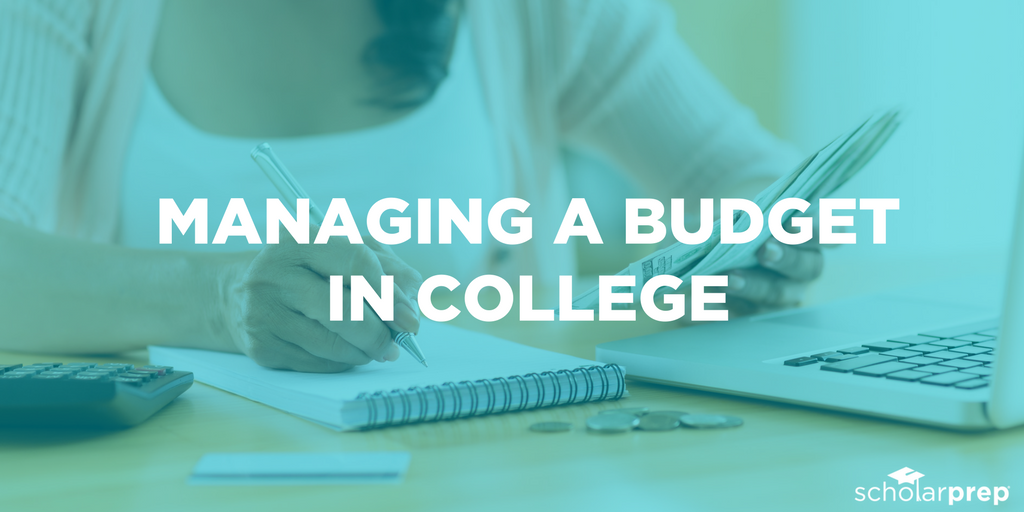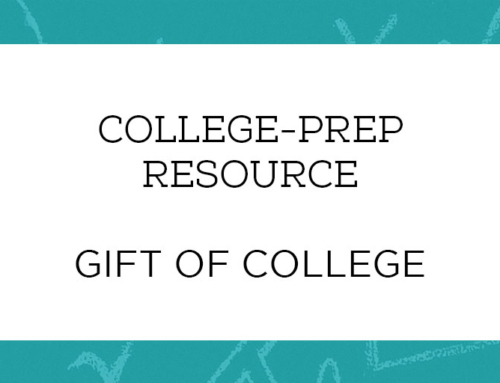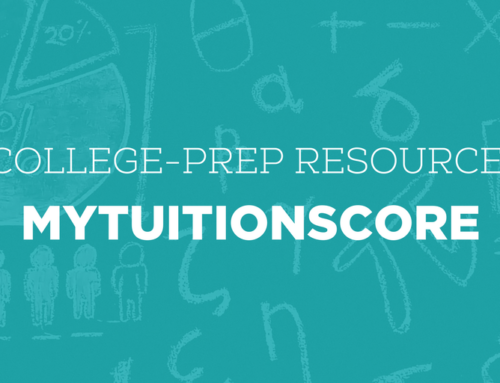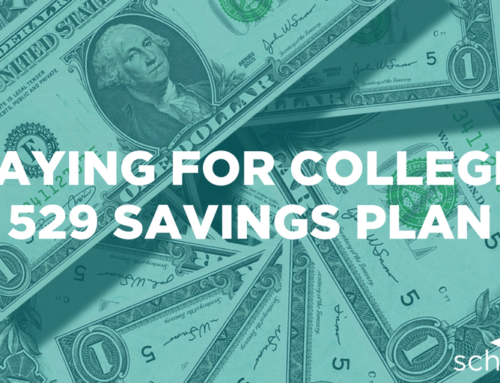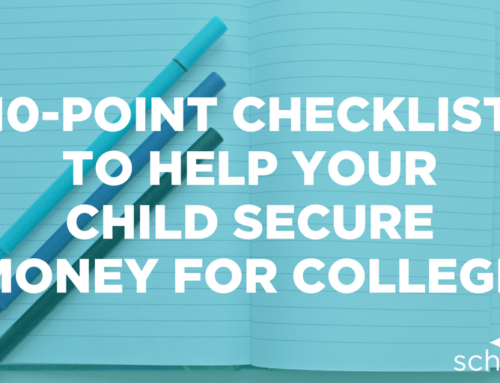Money can be a stressor for all aspects of life but especially for a college student and their family. Many students overspend and have high overdraft fees from swiping their card more than they should. It’s imperative to be as financially prepared as possible when leaving your parents’ house so you can focus on academics, enjoying the college experience and not be financially stressed out.
1. Create a Budget
A budget is a financial plan to help visualize and keep track of income and expenses. A college budget should include income from all sources, academic expenses, living expenses, and personal expenses. Prioritizing expenses BEFORE you get to college will be a time-saver and will help you in focusing on spending money on the necessary items.
Keeping a budget can be as easy as setting up an Excel file, using free apps, or creating one one on paper. The point of a budget is to plan out exactly how you will spend your money so you do not overspend completely, or spend too much money on fun and entertainment leaving you no gas or food money.
Steps to creating a budget:
- Determine income.
- Add up your income to know how much you can spend.
- Determine academic expenses. Paying your academic expenses first is important; it is the reason for “flying the coop” and starting your future!
- Determine living expenses. You have to live somewhere and be safe. It will NOT always be the nicest dorm, apartment, or house. But, it does need to be safe and comfortable for you. Cable TV isn’t always necessary; using the Internet to stream TV and movies can be an alternative. Living expenses can be cut down to make it easier to pay each month. As a college student, you may not have the luxuries you grew up with and that’s okay!
- Determine personal expenses.
- Input the information to determine actual versus budgeted income and spending.
- Evaluate and adjust on a continuous basis.
We have created a printable worksheet to help you begin your college budget today! There is a column for what you budget, one for you to update with your actual expenses, and a page to determine the difference. This will assist you in evaluating and readjusting your budget as needed.

PRO TIP: When purchasing textbooks, you don’t always need to purchase new ones. This will help minimize academic expenses. Check out these sources for less expensive used textbooks. Amazon, Half.com, Textbook Recycling, and BookRenter.
2. Free Resources
There are many free apps to help you budget your money. It’s a good idea to familiarize yourself with the apps and budgeting before leaving your parents’ house and flying solo. Below are four free apps that can be utilized to track your spending and keep you within your budget.
BONUS TIP: If budgeting is a foreign concept and you want some practice, log in to Cash Course for free budgeting practice!
3. Free Services & Entertainment
College students are always offered FREE services and entertainment. Do not be afraid to take advantage of them. Different organizations often offer free lunches, movie nights, concerts, and so forth. Keep up to date on your campus and take full advantage of the free entertainment rather than using your hard earned and limited cash flow.
BONUS TIP: Always carry your student ID. Many restaurants, entertainment facilities and other places give discounts if you are a student. Use that ID!
4. Credit Cards: The Good, The Bad, & The Ugly
There are always credit card companies ready to offer cards to college students regardless of employment status. Credit cards can help you build credit which will be useful in the future when you plan on purchasing a car, home or other item with a loan.
Credit cards can also be considered dancing with the devil if you’re not responsible with them. Charging more than one can pay off, the debt snowballing until it’s out of control, and leaving one in huge credit card debt is what many college students experience.
Only making the minimum payment will cause you to pay more interest than the original amount charged. For example, if Jane Doe had a $1000 credit card bill and had to pay 3% or $10 whichever was higher, her minimum payment would be $30. Not bad, that’s affordable. But, how much actually goes to the original balance and how much goes to interest?
- Debt: $1,000
- Payment: $30
- Interest: $1000 * 20% (interest charged) / 12 = $16.67
- Actual Payment: $30-$16.67 = $13.33
- Remaining Balance: $1000 – $13.33 = $986.67
Tips to Managing a Credit Card:
- Pay it off every month. If you can’t, make no less than the minimum payment.
- Practice willpower and self discipline by purchasing only needs not wants. You don’t need a new top for girls night out or a video game that just came out.
- When signing up for a card, get one that offers rewards of some sort such as cash back, hotel points, frequent flyer miles, etc.
- Track your spending and know your limit. Never let your card debt raise higher than 25% of your credit limit. This means you must know your limit and how much you can budget to pay back.
- Watch your credit score and ensure you’re not a target for fraud. You can check your credit score at Credit Karma.
BONUS TIP: When the full payment cannot be made, always try to add $10 or more to the minimum payment to reduce the amount of interest paid.
5. Bank Accounts & The Envelope System
Banks are a good, safe place to keep your funds. Banks also allow parents to deposit money without sending cash, checks, or money orders.
- Make sure you set up a student account as they do not usually incur monthly charges.
- Be aware of ATM fees.
- Pay attention to your balance and your spending to avoid overdrawing your account, which could incur an additional fee.
- Automate savings so the money is taken out of your account immediately without you being tempted to take it out and replace it at a later time.
The envelope system allows you to see the money and not swipe a card. You see the money disappear from the envelope and know that funds are low in that area. The key is to have willpower and be diligent in not moving money around from envelopes to spend money on something NOT budgeted for at that time. Having an envelope for each expense listed in your budget is key.
BONUS TIP: If the envelope system interests you click here for step-by-step details on how to be efficient, effective and successful.
Remember, your parents will not be there to say no when you are spending your money and having a budget as a visual reminder of what you should spend your money on will be extremely helpful. Your financial background follows you and leads to your credit score. Make good decisions!
Do you already budget? What’s your favorite method of tracking expenses? Let us know what you’re doing and what works and doesn’t work for you!


